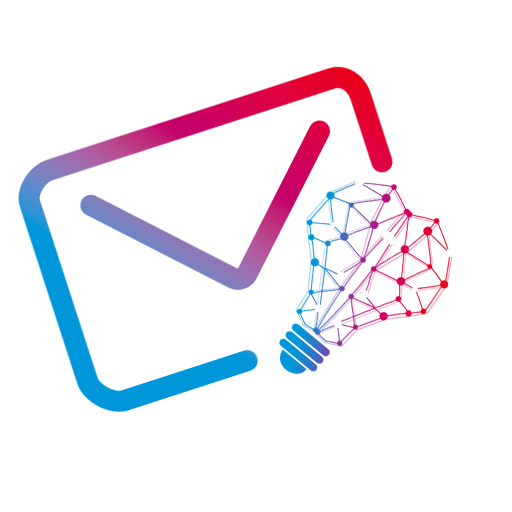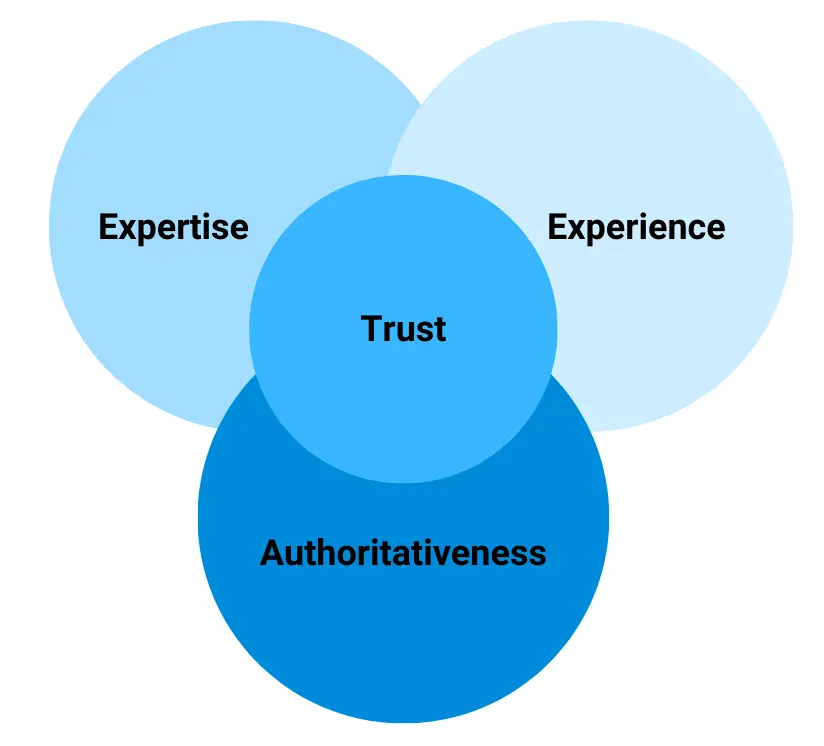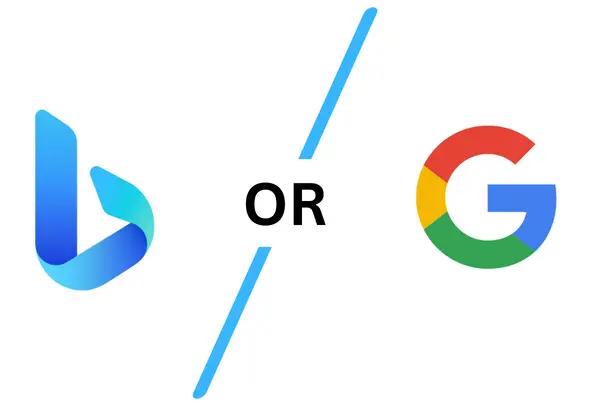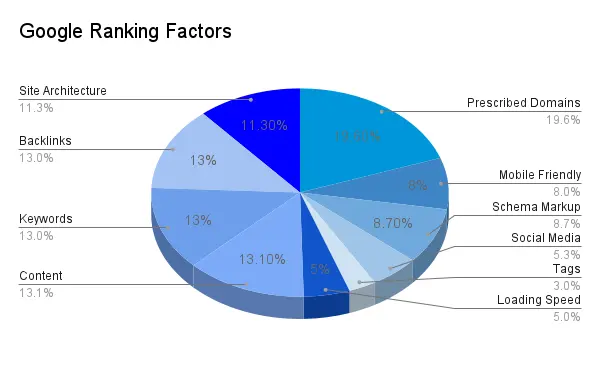How to choose the best logo colourways?
The significance of a logo for a business cannot be understated.
The choice of colours can make or break the overall look of your logo. Mark Zuckerberg chose the blue colour for Facebook due to colour blindness, while Mcdonald’s logo features two yellow arches.
When it comes to choosing the best colourways for your logo, there are many factors you need to consider. From common audience choices to competition, you need an eagle’s eye to choose colours that work best for your brand.
For example, if you run a clothing brand, blue would be an excellent choice to convey trust and confidence.
If you are confused between different colourways and unsure which option is best, this article is all you need.
Your brand’s message and the chosen colourway
Before you start thinking about the colourway, you must know who you are designing your logo for.
Your brand message is what will be communicated to your audience and how they will perceive it. You can define your audience as:
- Visitors who are likely to come across your logo.
- A person or group of people with whom you want to communicate
- Your target audience who’s going to buy products/services offered by your company
Tips for choosing the best colours for your logo
There are a handful of things to consider when choosing your logo colours. For your ease, here are some of the basic tips&tricks to follow:
- If the logo is unique, it will likely be easy to identify and distinguish it from other logos.
- Make sure your colour choices match as much as possible across all platforms with the help of similar hues and shades.
- It’s essential that the colours you select print well on different digital mediums like Facebook, Instagram, Twitter, etc.
- This means that if you are going with an orange or yellow background, choose a darker base for enhanced visibility.
What are colour meanings, and why do they matter?
Since colours can evoke feelings, over 76% of B2B marketers pay special attention to colours in their logos.
Colour meanings are often associated with emotions, culture, and gender.
For example, red is associated with passion; orange is associated with energy; green denotes nature and natural beauty; blue symbolizes trustworthiness; purple evokes royalty or luxury.
The meaning of each colour will vary depending on the overall context or purpose of use.
Though it is easy enough to see that there’s not much difference between these two shades of yellow, be very particular about the type of colour. The best way to identify them is by placing them side by side so your eyes do not hurt.
Also read: Logo examples by colours
How to choose the perfect colourways (colour combinations) for your logo in 5 minutes?
Before moving forward with your logo, consider which colours you will use. To help you with this task, here is how you can choose the perfect colour for your logo in the next 5 minutes.
1. Remember the goal
The first thing to remember is that colour plays a vital role in how people perceive and engage with your brand.
It can help you convey your brand message or create contrast between elements of your logo design to compete with other brands.
2. Entice action
Remember your audience and ensure your logo design inspires those unfamiliar with your business or its industry.
From choosing complementary colours (such as red & green) to using simpler schemes, such as monochromatic schemes (one colour only), you’ve got a lot of options to experiment with for a full and final logo design.
Once you’ve selected the colour theme, choose colours that align with the types of products/services you are offering.
This way, they would not become confused by too much variation within the logo and will easily differentiate.
Why choose different colour combinations for logos?
A logo can be the most critical asset of your business. It’s the first thing people see when they step forward and purchase from your company.
Whatever logo you create, it is essential to make sure it has a good impression. If you need help deciding what colours to use for your logo, check out some of these different colour combinations to create an effective brand identity like a pro.
Different colour combinations for logos
In general, five main colour combinations make up most logos. These are:
- Black, white and red
- Black, white and green
- Black, white and blue
- Black, white, and orange.
- Yellow and white
However, these colour schemes are popular because they are easy to see from afar in most situations. If you want your logo to look cool but visible at a distance, don’t hesitate to try these fantastic colour combinations.
If you are wondering why black and white are the most common colours for a logo, the answer is they make it easy to see from afar in most situations.
Besides, other colour combinations are less popular but have been used by many big names with great success.
Three most popular colour combinations for logos
When choosing the right colour combination for your logo, the answer is more challenging than it sounds.
First things first, decide whether you want a monochromatic look or would like to have more contrast. Next, consider how many colours can fit into your budget and explore some good options to design at least three different styles of logos.
Let’s take a look at each in detail so you can decide which will best suit your brand identity.
First colour Combination
If you’re looking for a traditional and timeless look, a rule of thumb is to play with these three colour combinations.
The first is black and white; the second is grey, white, or blue; and the third is red, yellow, and blue. In the case of doubt, try to go with black as it’s simple yet holds impactful meaning it.
Monochromatic colour combination
The second option is to use a monochromatic look, which means using one colour throughout your logo design.
For example, if you are designing a logo for your automobile company, the grey colour might be appropriate as it signifies power, speed, and drive.
If you’re designing something more modern, choose colours between red and blue, as such colours are often associated with the technology industry.
Also read: Logo colours by industry
Colour Palette Look
The third option is to use a Pantone colour palette, which means a mix of subtle and bold colours.
This is the best choice if you want your logo to stand out from other competitors who use similar colours, such as reds and greens.
This can be done by choosing different shades of one colour for various elements within your design so that it doesn’t look too much like others.
Four colour combinations for logos
Here are some colour combinations that you can use when creating your logo.
- Two primary colours and one accent colour (e.g., red, blue, and yellow)
- Three primary colours (red, green, and blue)
- Four primary colours (red, green, blue, and orange).
A colour combination of two primary colours and one accent colour can work well, primarily when the logo is meant to stand out against whatever background it is placed on.
If your logo is for a sports team, try using three or four primary colours to appear more prominent and consistent across various visual platforms.
One popular colour combination you can use when creating your logo is one primary colour and two accent colours (e.g., red, blue, and yellow).
This works well if the logo s associated with the entertainment industry and needs to appeal to a wide range of audiences.
However, sports company logos are more visually attractive, mostly made up of three or four shades to ensure uniformity and more impressions.
Whichever colour combination you choose, make sure it is distinct from the background they are placed on.
If you want to stick your logo out, consider using three or four primary colours instead of just two. However, this ensures that it’ll still look great and appeal to the viewers no matter what colour background you use.
Have your logos in three different colourways.
It is always a good idea to have your logo in more than one colourway so that it can be used for different reasons and audiences.
Not only does using multiple colours help to break down the colours into groups of related colours, but it also suits different tastes.
For example, it is best to have a pink logo with blue accents if you are selling clothes and makeup products, as they go great with females!
However, there are many occasions when multiple colours make sense, like when you want something colourful but not too bright (like Christmas) or something more subdued, like weddings.
Conclusion
This article has discussed the three primary colourways for logos. The most common combinations are black and white, red and green, and blue and white.
Though there’s no hard and fast rule to using these logo colourways, experimenting with them for your assurance and satisfaction never hurts.
However, it may take some time to find the right combination, but once you know how something works visually, you will be good to go! Or you may want to check how our logo and branding services can help you with your logo selection.




















